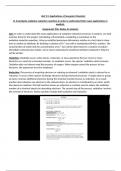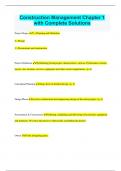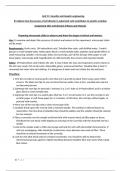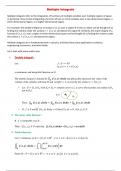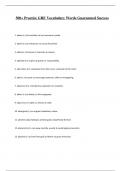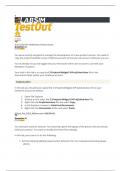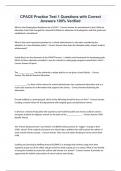B: Investigate oxidation-reduction reactions in order to understand their many applications in
analysis.
Assignment title: Redox for industry
Aim: In order to understand the many applications of oxidation-reduction processes in analysis, we shall
examine them for this project. Calculating cell potentials, completing a worksheet on the
oxidation/reduction equation, Using an acidified potassium dichromate solution in a test tube to show
how to oxidise an aldehyde, By titrating a solution of Fe 2+ ions with a standardised KMnO4 solution, The
concentration of iodine and the concentration of Cu2+ ions will be determined in a solution of sodium
thiosulfate and potassium iodate, and a report analysing the analytical methods employed in industry
will be written.
Oxidation: Oxidation occurs when atoms, molecules, or ions experience the loss of one or more
electrons as a result of a chemical reaction. As oxidation occurs, the species' oxidation state increases.
Oxidation does not always need the presence of oxygen. When oxygen caused the process to lose
electrons, the expression was first employed.
Reduction: The process of acquiring electrons or reducing an element's oxidation state is referred to as
reduction. It occurs when species exchange electrons during chemical processes. A single atom or group
of atoms receives additional electrons during the chemical reaction known as reduction. As a result,
another atom donates one electron to the reduced atom. An electron is contributed by an atom, which
then becomes oxidised. The half-reaction known as reduction is routinely used to reduce the oxidation
number of a chemical species by absorbing electrons. The second step of the process, oxidation, involves
the removal of electrons. Redox reactions include both oxidation and reduction.
,

